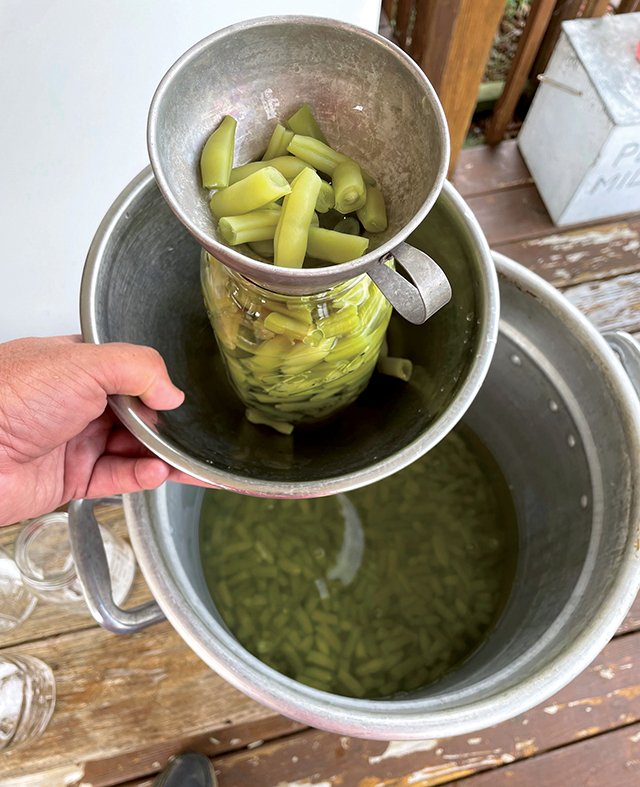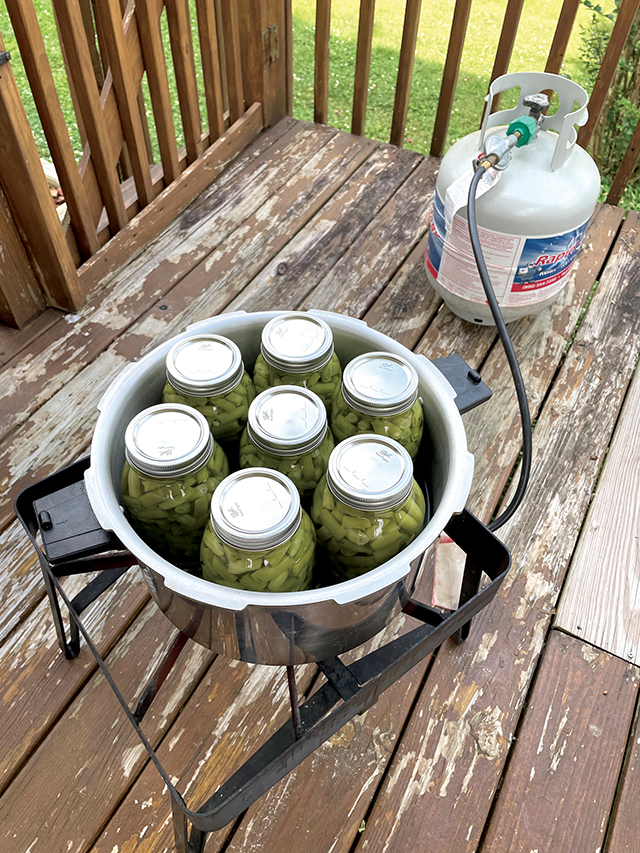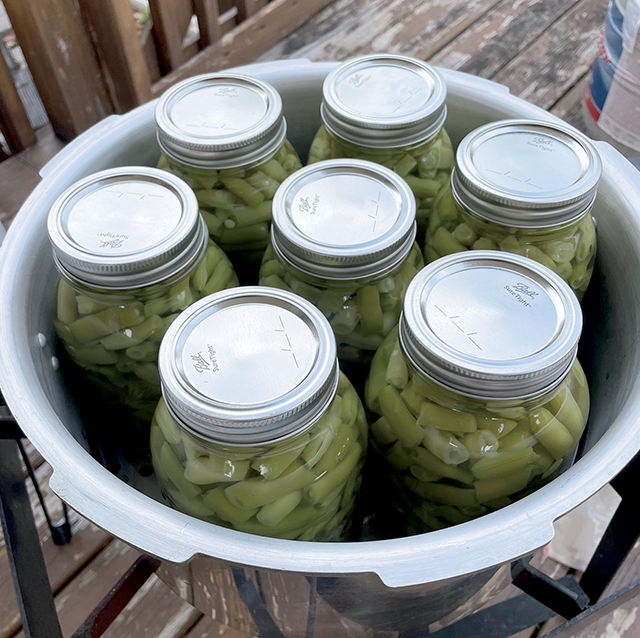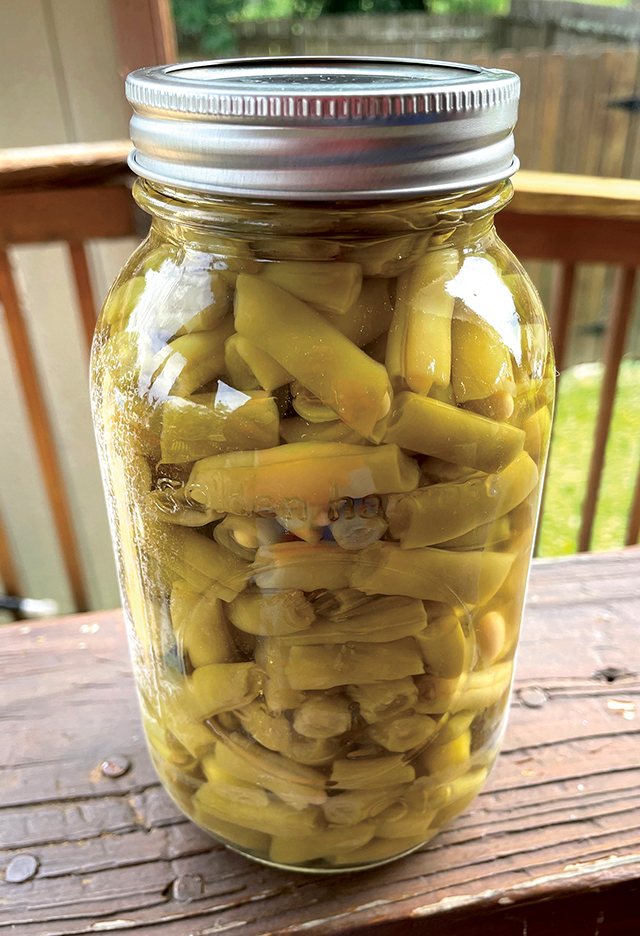Art of canning still very much alive
Published 1:21 pm Friday, June 21, 2024





|
Getting your Trinity Audio player ready...
|
One of the chores of summer for some is putting up fresh garden items for later consumption either by freezing or canning the goods depending on each one’s preference.
As fresh half-runner beans and other different varieties of beans are beginning to come in, many are grabbing pans and washing canning jars as they prepare to put the beans up for keeping in the days and months ahead.
Beans can keep up to a few years if they are properly canned, meaning a simple meal for those who decide to pull a can out of the pantry and cook.
Trending
It has been a family tradition for this writer to participate in the art of canning as recently my mother and I gathered on the back porch of her Virginia home to spend nearly a day and a half of prepping and canning four bushel of freshly picked beans that came from Mann’s Farm in Fort Blackmore, Va.
For my mother, canning has been done since her childhood when she and her sister along with their mother and other family members would spend the summer canning 365 cans of green beans for her grandfather and my great-grandfather as my great-grandmother would cook a can each day for his lunch and supper.
Of course, one has to remember years ago, food wasn’t as easy to come by as it is today.
The process itself is challenging but rewarding as hours are spent stringing and breaking the beans just to get them ready to start to can.
Normally, cans are placed in the dishwasher and cleaned under hot water for sterilization prior to the beginning of the process.
Once the beans are broken, we normally put one bushel at a time in a 32-quart turkey cooker with about 16 quarts of water to blanch the beans in. Blanching simply means to turn the color of the beans as well as make the beans easier to pack in the jars.
Trending
Once blanched, the beans are packed into the jars which have one level teaspoon of canning salt to help with preservation and then placed into a canning pressure cooker which normally holds seven quarts at a time. It helps the process if two pressure cookers are available where 14 quarts can be cooked at a time.
Once the pressure builds and the jiggler begins to move on the cooker, the beans are timed for 20 minutes and then removed from heat and allowed to cool to reduce the pressure in the cooker.
From there, it’s all downhill as the beans need to be set out on a towel and allowed to cool real good before placing in the pantry or storage shelves.
The process is time consuming and hot, but the end result is very rewarding especially on those cold days of winter and anywhere in between or for special events and holidays. They taste as fresh as the day they were canned.










